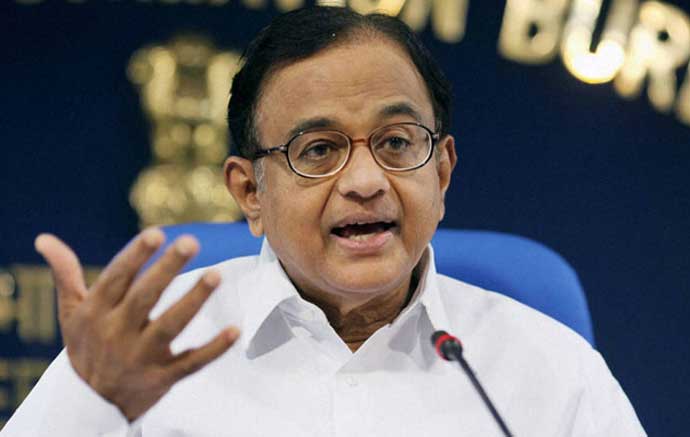Draft GST laws ready for Parliament, but ‘money bill’ route is problematic

With the Union Cabinet approving five draft legislations on the Goods and Services Tax (GST) that will be required to implement the biggest tax overhaul from July 1 this year, the stage is set for these draft laws to be introduced in Parliament, in Lok Sabha to be precise.
The supporting legislations include the compensation law, the central GST (C-GST), integrated GST, and the Union territory GST, and would be soon tabled in the House for further debate. Once they are cleared in Lok Sabha, they’d be taken up by the various state Assemblies for the state-GST bill.
Central GST would replace central excise duty, service tax, additional duties of excise and customs, special additional duty of customs, and cesses and surcharges on supply of goods and services.
State GST would replace VAT, central sales tax, purchase tax, entry tax, entertainment tax, taxes on advertisements, lotteries, betting and gambling, and state cesses and surcharges.
Despite the comprehensive reform in tax levying system that will be achieved once GST is implanted as law, the “money bill” route through which these legislations are being passed, completely overlooking any contribution from Rajya Sabha, is seen as rather problematic by many observers.
 |
| Though it's the Modi-led NDA government that’s finally executing the GST Bill into law, it’s the brainchild of P Chidambaram. |
Eating at small hotels and restaurants will likely become cheaper once GST kicks in, and the Centre-state share of revenues will also be more balanced. The cess on demerit goods, the sin cess, such as cigarettes, alcohol, colas and cars, has been capped at 15 per cent.
Though it’s the Modi-led NDA government that’s finally executing the GST Bill into law, it’s the brainchild of former UPA-era finance minister P Chidambaram, who proposed GST in his 2006 Union Budget. Led by him, the empowered committee of state finance ministers were assigned the responsibility of figuring out the methodology for the implementation of GST, and in 2008, it was submitted.
While the Central GST will give powers to the Centre to levy GST on goods and services after Union levies like excise and service tax are subsumed, the Integrated GST is to be levied on inter-state supplies.
The State GST will allow states to levy the tax after VAT and other state levies are subsumed in the GST. Similarly, the Union Territory GST, which will also go to Parliament for approval, will have a number of other taxes, particularly VAT, central sales tax, etc, subsumed under it.
With the GST Council already finalising a four-tiered tax structure of 5, 12, 18 and 28 per cent taxes respectively, the model GST law looks set to be cleared without too many hiccups.
It has been decided to maintain the peak tax rate at 40 per cent (20 per cent to be levied by the Centre and an equal amount by the states) to avoid approaching Parliament for any change in tax rates in future.
Though the GST reform is absolutely crucial an overhaul to India’s laggard tax structure, wider discussion in Rajya Sabha has been completely bypassed because of the money bill route.
Whether the immediate reason is to prevent waste of time on rolling this out by July 1, it must be remembered that crucial members of Parliament from the Opposition, such as Manmohan Singh, P Chidambaram, Kapil Sibal, are members of the upper house, whose significant contribution and interjections have been effectively dismissed from the final GST law.
Watch:

